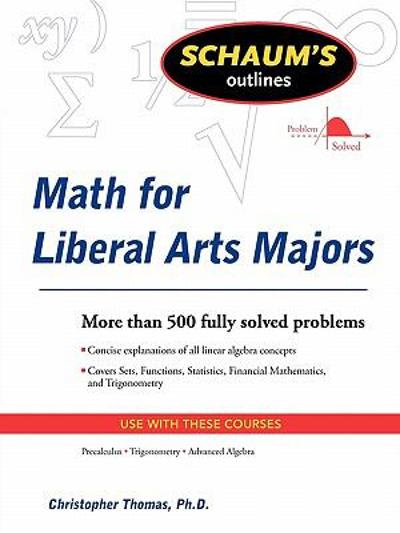Question
Jane is running a tiny restaurant serving hot-pot buffets. Customers help themselves cook the food in the boiling pot and eat as much as they
Jane is running a tiny restaurant serving hot-pot buffets. Customers help themselves cook the food in the boiling pot and eat as much as they can within 90 minutes. The timer starts when a (group of) customer gets a table and customers never leave early. Customers will leave right after their arrivals if they find or expect that they cannot get a table in 60 minutes. Suppose customers can accurately expect their waiting time. There are now four tables. Jane wants to use Monte Carlo simulation to compare the current situation with a hypothetical situation wherein there are five tables. She has used historical data to generate random customer arrivals for one night from 6 p.m. to 10 p.m. as listed below.
| Index/Time | Index/Time | Index/Time | Index/Time |
| 1 / 06:00 | 6 / 06:37 | 11 / 08:12 | 16 / 08:59 |
| 2 / 06:05 | 7 / 06:58 | 12 / 08:21 | 17 / 09:06 |
| 3 / 06:08 | 8 / 07:22 | 13 / 08:33 | 18 / 09:18 |
| 4 / 06:19 | 9 / 07:41 | 14 / 08:39 | 19 / 09:27 |
| 5 / 06:25 | 10 / 07:55 | 15 / 08:50 | 20 / 09:45 |
(a) Write how you use the simulated arrivals (in the table above) to compute the average waiting time for customer who choose to stay, considering one night with 4 tables.
(b) Write how you use the simulated arrivals (in the table above) to compute the average waiting time for customer who choose to stay, considering one night with 5 tables.
Step by Step Solution
There are 3 Steps involved in it
Step: 1

Get Instant Access to Expert-Tailored Solutions
See step-by-step solutions with expert insights and AI powered tools for academic success
Step: 2

Step: 3

Ace Your Homework with AI
Get the answers you need in no time with our AI-driven, step-by-step assistance
Get Started


